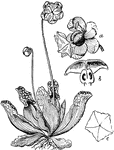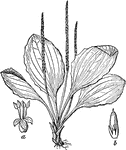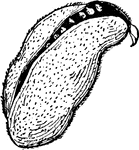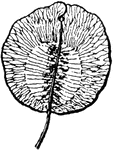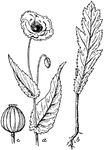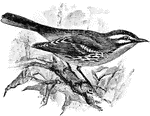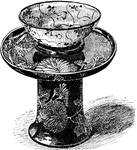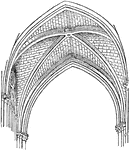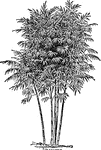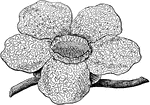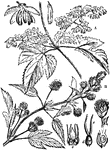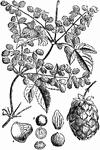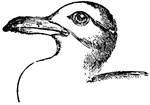
Killiwake Gull
"A long-winged water-bird with webbed feet, inhabiting all parts of the world. The group to which gulls…
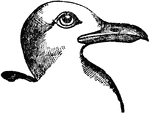
Small Black-Backed Gull
"A long-winged water-bird with webbed feet, inhabiting all parts of the world. The group to which gulls…
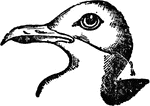
Herring Gull
"A long-winged water-bird with webbed feet, inhabiting all parts of the world. The group to which gulls…

Boa
"In popular language, the name of all those large serpents which kill their prey by entwining themselves…
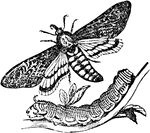
Death's Head Moth
"A species of Hawk-moth or lepidopterous insect of the family Sphingidae, not uncommon in some parts…

Lentil
"An annual plant of the same genus with tares, a native of countries near the Mediterranean, and which…
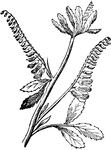
Melilot
"A genus of clover-like plants of the natural order Leguminosae, with ternate leaves, differing from…

Melons
"A plant of the same genus with the Cucumber, much cultivated for its fruit, which is sweet, with a…
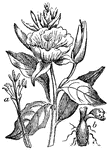
Evening Primrose
"Evening Primrose: a, flower divested of calyx and corolla, to show the parts or fructification; b,…
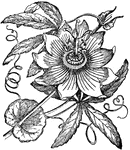
Passionflower
"A genus of plants almost exclusively native to the warm parts of America, and belonging to the natural…

Quern
"A primitive mill for grinding corn, the stone of which was turned by the hand before the invention…
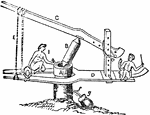
Chinapatam Sugar-mill
"The Chinapatam Sugar-mill consists of a mortar made by cutting down some hard-wood tree to within 2…

Black-Faced Heath Sheep
"They are accordingly found on the mountainour parts of Yorkshire, Lancashire, Cumberland, and Westmoreland;…

Danglish Apparatus
"The Danglish apparatus consists of the following parts: 1st, a generator A, in which carbonic acid…
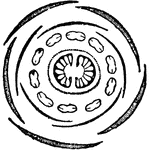
Saxifrage
"Diagram of the flower of Saxifrage (Saxifraga tridactylites). The calyx and corolla consist of five…
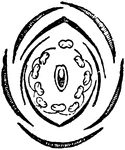
Sweet-pea
"Diagram of flower of Sweet-pea (Lathyrus), showing five parts of the calyx, of which two are superior,…

Warty Dodder
A plant found throught the tropical regions of the world. It consists of thin leafless stems.
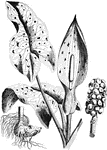
Cuckoo Pint
A common plant of the north temperate Europe. It has purple spotted leaves and can force people to have…

Pondweed
An aquatic herb found in numerous parts in both hemispheres. Usually found floating or wholly imersed…
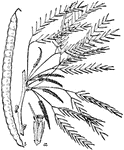
Mesquit
A plant characterized by the cylindrical spikes, and by the pod, which is nearly cylindrical, straight…
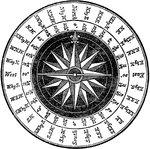
Compass Card
"Three principal parts, the card, the needle on its lower suface, and the case. The whole is enclosed…

Torsion Balance
"ABCD is a cylinder of glass 1 foot in diameter and 1 foot high. This cylinder is closed by a glass…

Absolute Electrometer
"Thomson's absolute electrometer is an adaptation of the attracted disc principle for absolute determinations.…
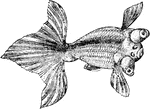
Goldfish
"In China and the warmer parts of Japan a fish extremely similar to the Crucian carp of Europe is of…
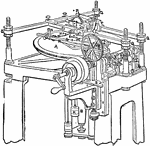
Dividing Engine
"The plate A is 46 inches in diameter, and is composed of gun metal. These were put on by original graduation,…

Machine Gun
"Nordenfelt Machine Gun. 1-10, parts of frame; 11, breech plug; 12, striker; 13, extractor; 14, cartridge…
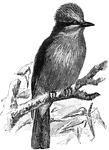
Vermilion Flycatcher
In the males, they have a full globular crest, and the hole under parts flaming red, the back, wings,…
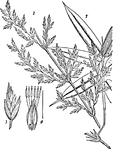
Indian Bamboo
"Bambusa arundinacea, in Indian bamboo. 1. Leafy shoot. 2, Branch of inflorescence. 3, Spikelet.…
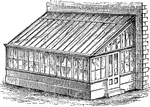
Plant House
"The glass roof is commonly designed so as to form a uniform plane or slope from back to front in lean-to…
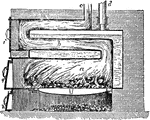
Saddle Boiler
"The fire is made under the principal arch a; the flame and smoke return through the flue b, and then…
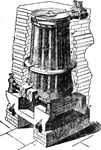
Duplex Tubular Boiler
"The Duplex is made in two equal parts, each being capable of being worked alone. Each section consists…

Pickfork
"The pickfork or Canterbury hoe is a very useful tool for breaking up the surface soil, the three-pronged…
Suckering Iron
"Root suckers are young shoots from the roots of plants, chiefly woody plants, as may often be seenin…

Yucca
"A plant may be operated on wherever the stem has become firm and woody; the top will not fail to make…

Leaf Cuttings
"Many plans may be propagated by planting their leaves or portions of their leaves as cuttings, as,…
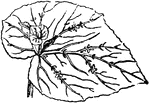
Leaf Cuttings
"Many plans may be propagated by planting their leaves or portions of their leaves as cuttings, as,…

Single Eye
"This mode of propagation is performed by cutting the branches into short lengths, each containing one…

Montreuil Fan
"The Montreuil form of training. The principal feature is the suppression of the direct channel of the…

Dumontier's Fan
"The form of Dumoutier is merely a refinement on the Montreuil method. The formation of the tree commences…
